In the following article, we review the charters of a scenario in which your organization…
Dealing and avoiding internal spam | Best practices | Part 17#17
If you have read all the articles that included in the current article series, you are quite familiar with all the aspects that relate to the phenomenon of internal spam in general and In particular, in the Office 365 and Exchange Online environment.
The purpose of the current article is – provide you, a short checklist for all the steps and the operation that relates to a scenario of – internal/outbound spam.
Table of contents
Commercial E-mail
Avoid from using Office 365 and Exchange Online as a platform for a commercial E-mail.
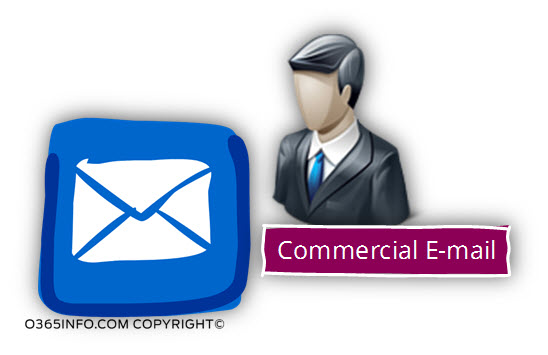
In case that your organization makes extensive use of commercial E-mail, “respect” that businesses need, by using a dedicated platform that was created for this purpose, provides the required tools, log, report, etc.
You can read more information about this subject in the article: Commercial E-mail – Using the right tools | Office 365 | Part 4#17
Obedience to the laws of E-mail
Learn about all the “do and don’t do” rules, that related to E-mail-based communications. Educate your organization user about how to write E-mail in the “right way” for preventing unwanted future scenarios, in which their E-mail be identified as spam \ junk mail.
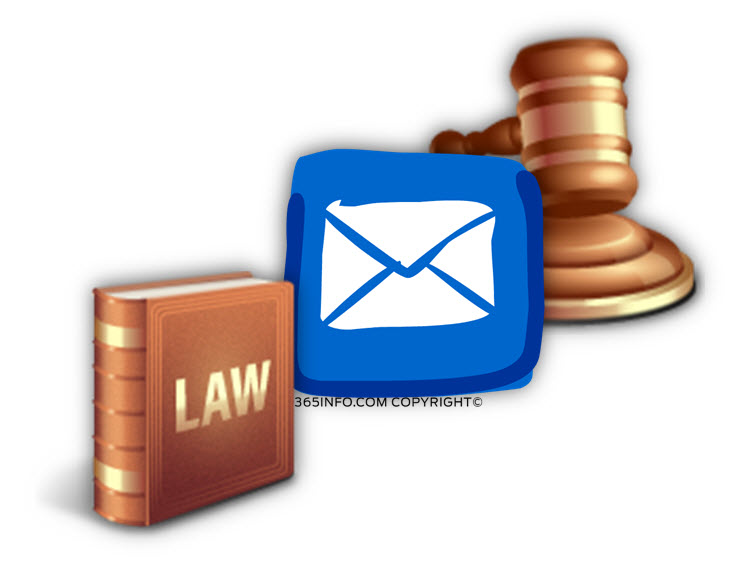
You can read more information about this subject in the article: My E-mail appears as spam | The 7 major reasons | Part 5#17
Prevention and preemptive actions
Exchange Online – outbound spam
Use the Exchange Online – outbound spam feature
The Exchange Online – outbound spam feature enables us to be immediately notified about a scenario, in which Exchange Online and EOP identified e-mail that sent out by our organization user as a potential spam/junk mail.
You can read more information about this subject in the article: My E-mail appears as spam | Troubleshooting – Domain name and E-mail content | Part 12#17
Blacklist monitoring services
Consider purchasing blacklist monitoring services. Yes, it cost money!
But …….
What is the business risk of not having this type of services?
In case that your organization appears is blacklisted, what is the “costs” that involved in this scenario?
You can read more information about this subject in the article: My E-mail appears as spam | Troubleshooting – Domain name and E-mail content | Part 12#17
Internal spam troubleshooting methodology
Plan, write and use a predefined internal spam troubleshooting methodology.
When you become aware of a possible event of internal \ outbound spam, don’t get panic, throw everything you have in hands and try to cross the border to Mexico!
You can use the Outbound spam – troubleshooting checklist document that I have prepared as an example or baseline for a troubleshooting document that related to internal \ outbound spam scenarios.
Download the: Outbound spam – Troubleshooting checklist document
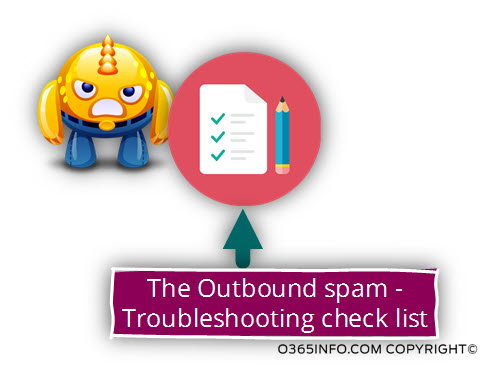
The most important step is to find out whether your domain name appears as blacklisted. In case that this is the scenario, implement all the required steps for de-list your domain name from the blacklist.
Immediately afterward, start an internal investigation to be able to locate the particular reason and the sequence of events that lead to this scenario.
In case that the scope of the internal \ outbound spam is not related to your domain name, the next step will be to verify if the scope is related to a particular E-mail message content or a specific organization E-mail address.
In 90% of the cases, the issue relates to an E-mail content that poorly written.
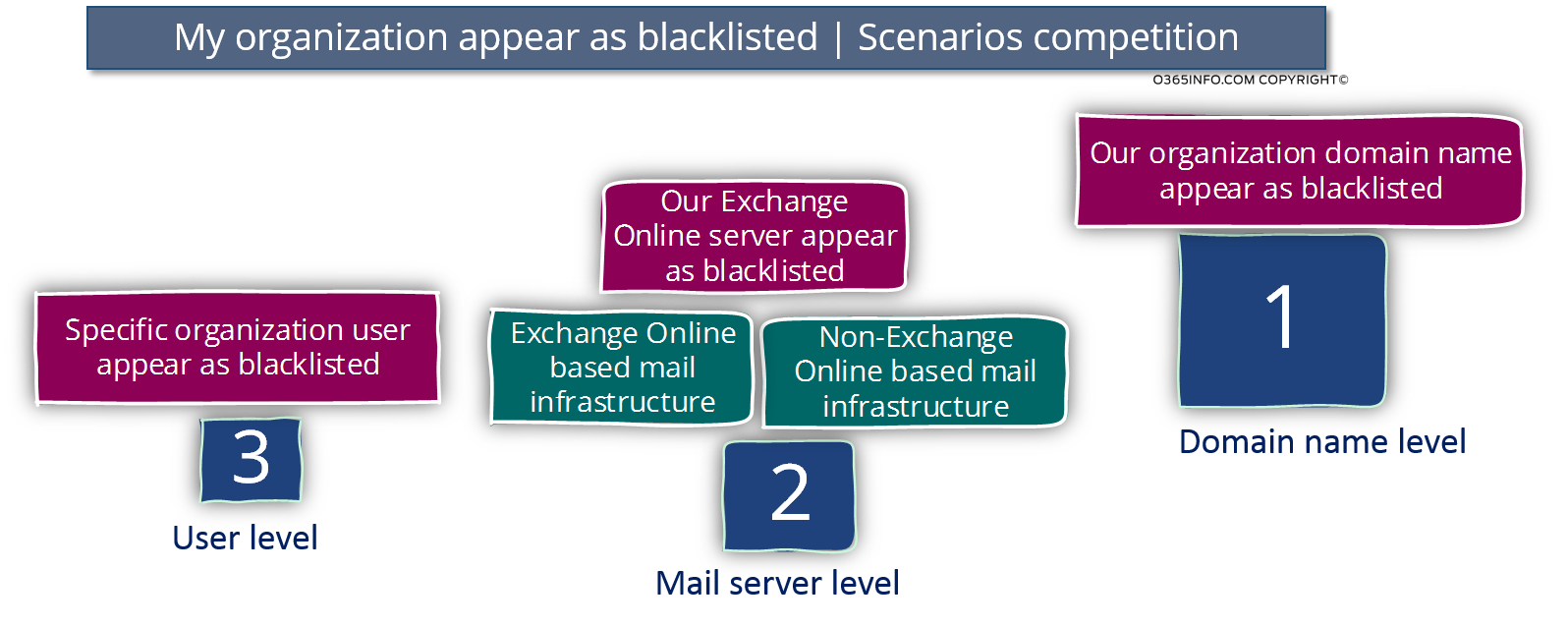
Implement the required troubleshooting steps that will help you the point the particular cause and instruct your users how to avoid such scenarios.
In case that you eliminate all the causes that relate to “your side equation,” understand that you will have to get some help from the “other side.”
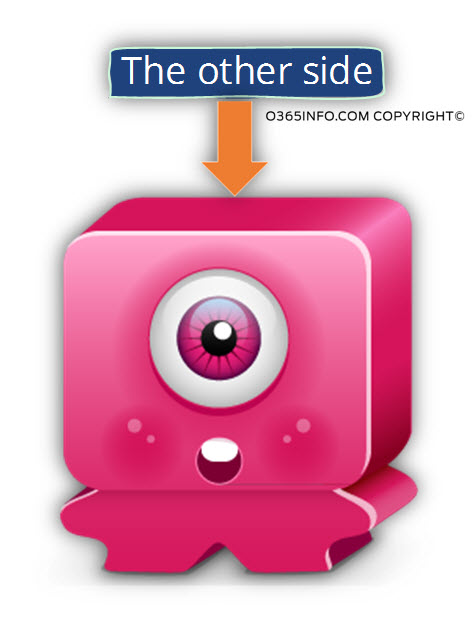
The fact that you are Office 365 customers and that the Exchange Online infrastructure is a Microsoft mail infrastructure, will not help you in any way in a scenario in which the problem related to the “other side.”
In simple words:
In case that the “other side” (the destination external recipient or the destination mail server) “decide” to identify E-mail that sent from your organization as spam/junk mail, the “element” that you need to contact is not the Office 365 technical support, but instead, a representative from the “other side”, that will help you to “figure out” the reason for identifying mail that comes from your organization as spam/junk mail.
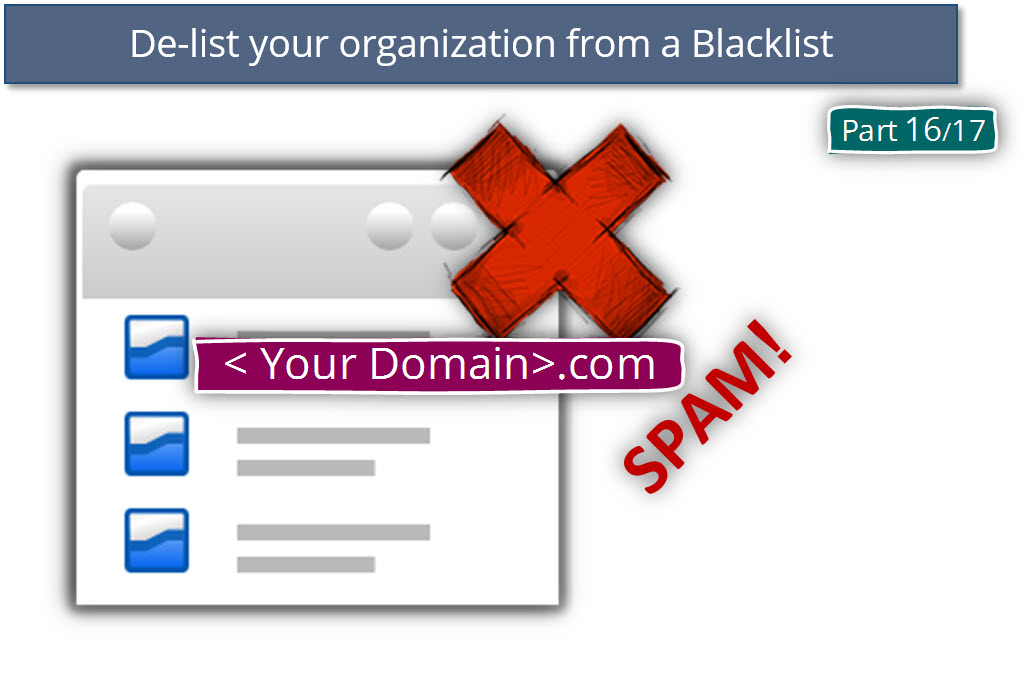
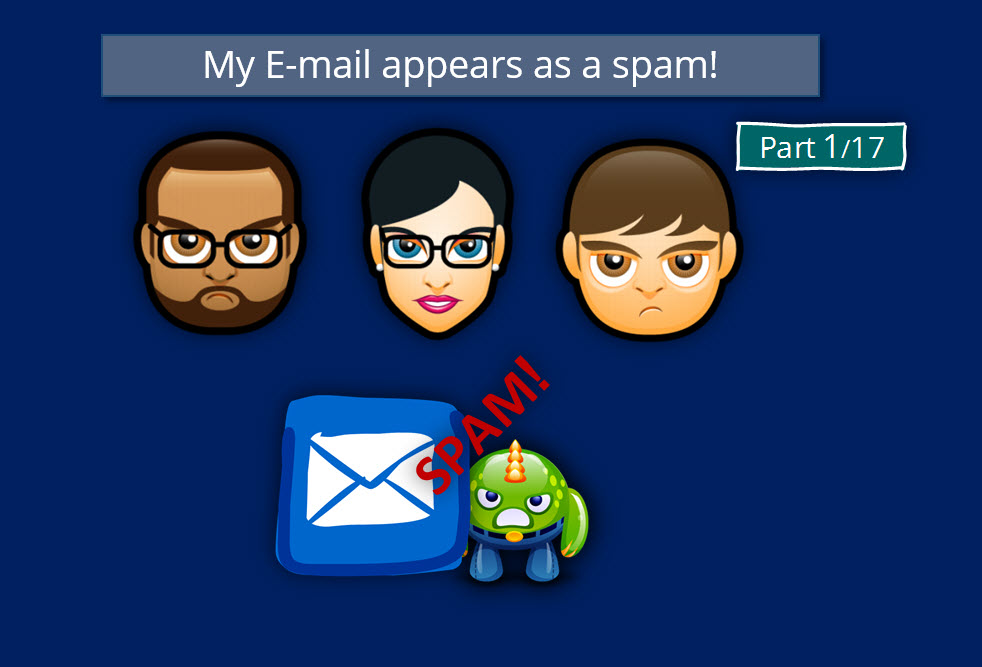
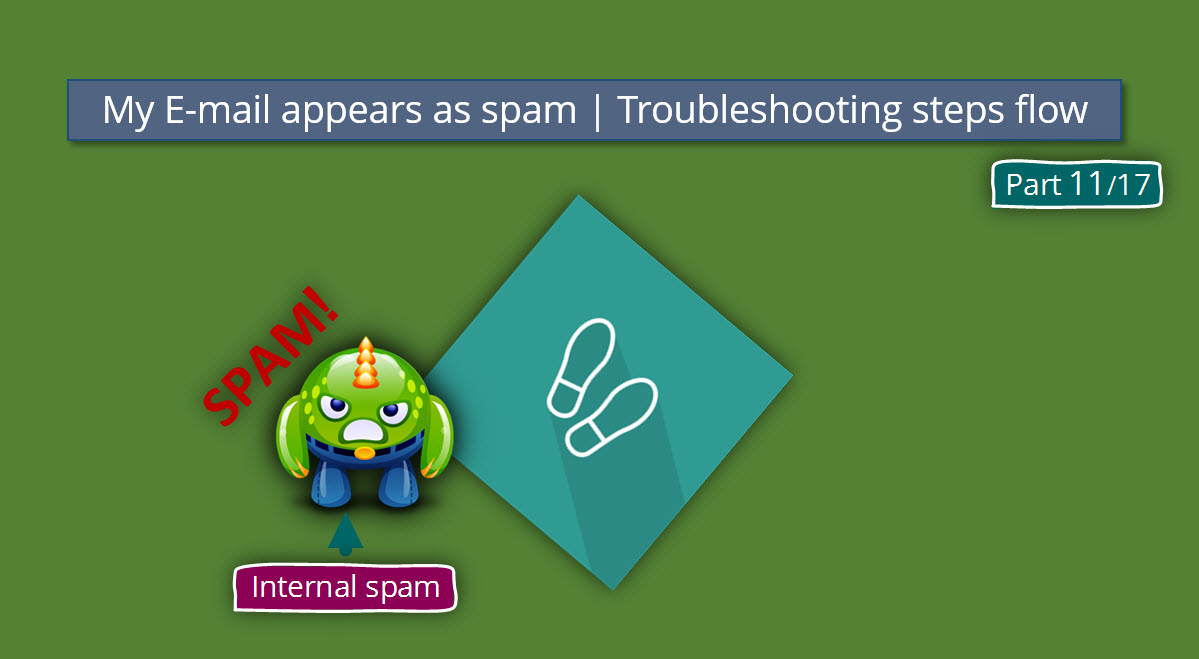
This Post Has 0 Comments